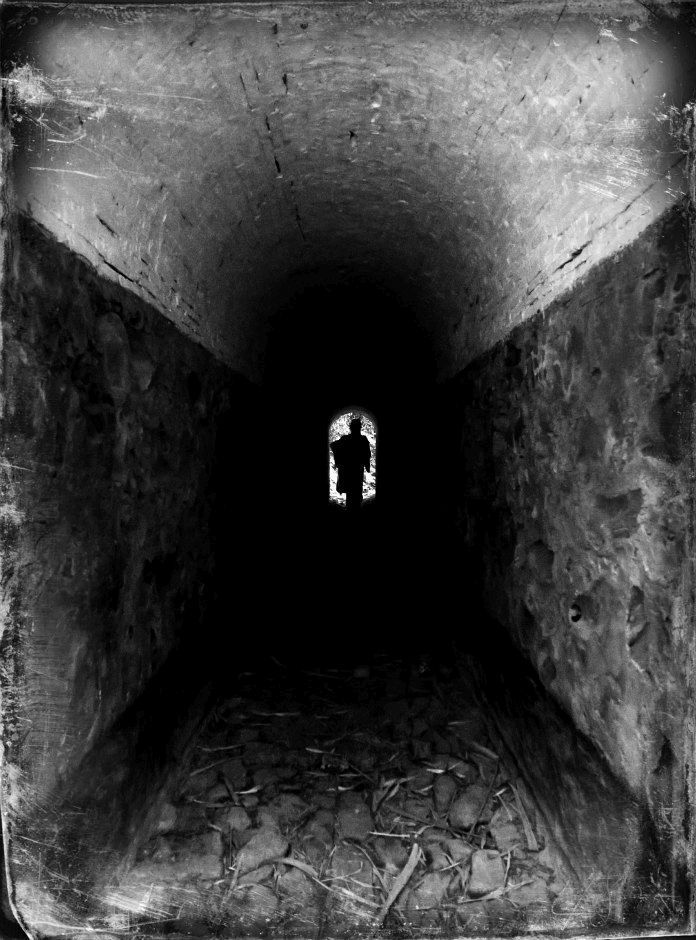Astrophotography: Stars in the Sky, Stars in Us
- Angela Rosana

- Aug 12, 2023
- 3 min read

When we look up at the night sky, we are greeted by a cosmic spectacle of twinkling stars, distant planets and majestic galaxies. Astrophotography, a fusion of art and science, offers us the opportunity to capture incredible images of stars, planets, galaxies and other celestial objects, revealing the vastness and complexity of the universe that surrounds us, in a challenge that fascinates and inspires photographers from all over the world.
Astrophotography distinguishes itself from conventional photography by taking us beyond the terrestrial limits, inviting us to contemplate the nocturnal spectacle that unfolds above us. On this trip, we not only explore the far reaches of space, but also reflect on our connection to the universe.
The secret behind these stunning images lies in the dark of night. While daytime photography often deals with an abundance of light, astrophotography embraces its absence. The dark, light-pollution-free nights of cities provide the perfect setting for capturing twinkling stars and mysterious nebulae. It is in this silent space that cosmic magic manifests.
The careful choice of the capture location is of paramount importance for the success of this type of photography. Photographers often seek out remote areas or observatories where interference from urban lighting is minimal. In these isolated areas, the sky opens up in all its splendor, revealing an infinity of stars and celestial details. The effort to reach these out-of-the-way places is rewarded with panoramic views of the universe.
The equipment needed for astrophotography is as diverse as the stars themselves. DSLR or mirrorless cameras, combined with wide-aperture lenses, capture the faint light of stars. Stability is ensured by sturdy tripods, while telescopes with equatorial mounts allow you to accurately track moving celestial objects. Each component plays a crucial role in the search for celestial images.
Photographic technique is a delicate dance between settings and creativity. The choice of ISO, aperture and exposure time varies according to the desired object. Capturing the moon requires different settings than distant nebulae. It's a balance between technique and intuition, where each click is an attempt to capture a cosmic moment in a frame.
An advanced technique in astrophotography is "stacking," a process that stitches multiple images together to enhance detail and reduce noise. Stacking reveals the depth and complexity of celestial objects, showing us the nuances our eyes often miss. Specialized software, such as DeepSkyStacker, makes this image enhancement possible.
However, astrophotography is not limited to recording sky scenes. It is also an invitation to contemplate our own existence in relation to the cosmos. The starry night reminds us that we are made of the same stuff as distant stars. Every atom that makes us up was generated in the heart of the stars that shine above us. Astrophotography connects us to this cosmic reality.
This is an adventure that transcends the mere art of photography. It prompts us to explore our place in the universe, question our origins and contemplate our connection to the cosmos. By capturing the grandeur of the stars, we also capture a piece of ourselves, a reflection of our essence that shines in the depths of space.
Written by Angela Rosana, learn more about me here.< /span>
Credits to photographers and artists appear on the images, with links to their Instagram profiles.
If you liked this article, leave your review at the bottom of the page!
Read other articles here
Visit our Instagram
Published on Instagram in August 2023













Comments